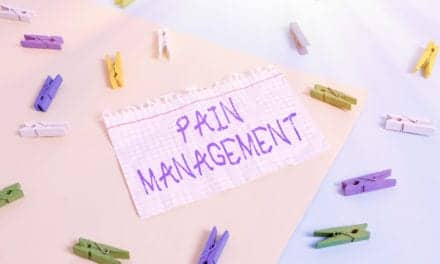After vigorous exercise, the presence of high doses of antihistamines in the body may reduce the gene response to help aid recovery, according to researchers.
The scientists, from the University of Oregon (UO), suggest that some 3,000 genes work to aid the body’s recovery post-exercise. However, the presence of antihistamines may affect the response of approximately 795—or 27%–of them.
Whether the antihistamine effect on the 795 genes might suggest a problem for competitive athletes and devoted exercisers is not known, according to John R. Halliwill, co-author of the study, which appears in the Journal of Physiology.
According to a media release from the University of Oregon, Halliwill discovered in 2005 that histamines relax blood vessels, increasing blood flow that aids post-exercise recovery. He later found a link between an over-activation of two histamine receptors to drops in blood pressure.
In this current study, researchers are expanding Halliwill’s previous research to a wider genetics level by sequencing RNA with equipment in UO’s Genomics Core Facility.
“We were looking for pathways associated with the growth of new blood vessels,” says Halliwill in the release.
“We saw evidence of that, but we also saw gene expression associated with glucose uptake by muscles, restructuring of muscle in response to exercise, immune responses and intercellular communications,” adds Halliwill, a professor of human physiology and director of the department’s Exercise and Environmental Physiology Lab.
During the study, 10 physically fit and active men and six women, ranging in age from 23 to 25, performed an hour of knee-extension exercise at 60% of their peak power, about 45 kicks per minute. The researchers then performed biopsies before and 3 hours after exercise to obtain samples of the quadriceps (vastulus lateris), skeletal muscles on the side of the thighs.
Eight participants took 540 milligrams of fexofenadine and 300 milligrams of ranitidine—levels nearly three times the recommended dosages of the over-the-counter antihistamines. Each target one of the two known histamine receptors involved in recovery responses, the release explains.
During exercise, blood flow, blood pressure, and heart rate were monitored. The 3-hour recovery window allowed the team to study gene transcription slightly beyond previous work that had found histamine improved blood flow for 2 hours after exercise.
The antihistamines had no effect prior to exercise and little influence on gene expression at the conclusion of the workout. Three hours after exercise, 88% of the 795 genes affected by the antihistamines mostly responded with lower levels of expression, the release continues.
The research team notes in the release that their study highlights only a small fraction of genes likely involved in signaling pathways influenced by histamine receptors activation during recovery.
“Our data really highlight that there remain many unanswered questions regarding the use of exercise to promote beneficial adaptations in humans,” states Steven A Romero, who co-led the study.
Should people avoid taking antihistamines when they exercise? According to Halliwell in the release, it’s too early to give a definite answer.
“We need to do a training study in which we put people on histamine blockers and see if their adaptations to exercise training are as robust or diminished,” he says in the release.
“I wouldn’t be surprised if blocking histamine receptors ends up being overcome by something else, but I also wouldn’t be surprised if we can demonstrate that some responses to exercise training do become blunted if you take high doses of histamine blockers,” he adds.
[Source(s): University of Oregon, Science Daily]





